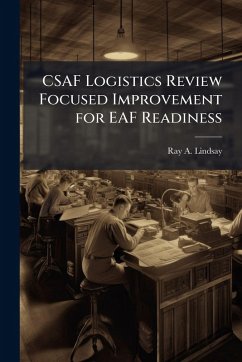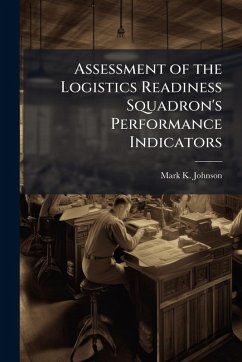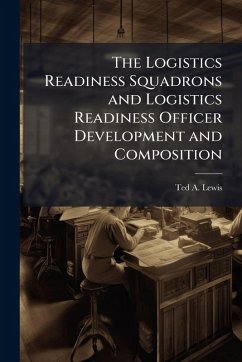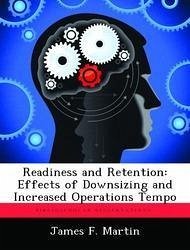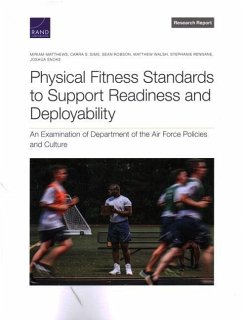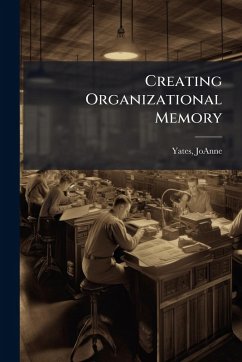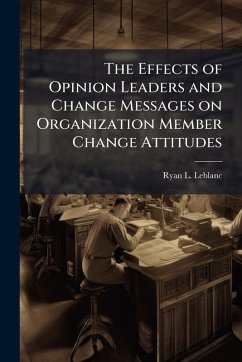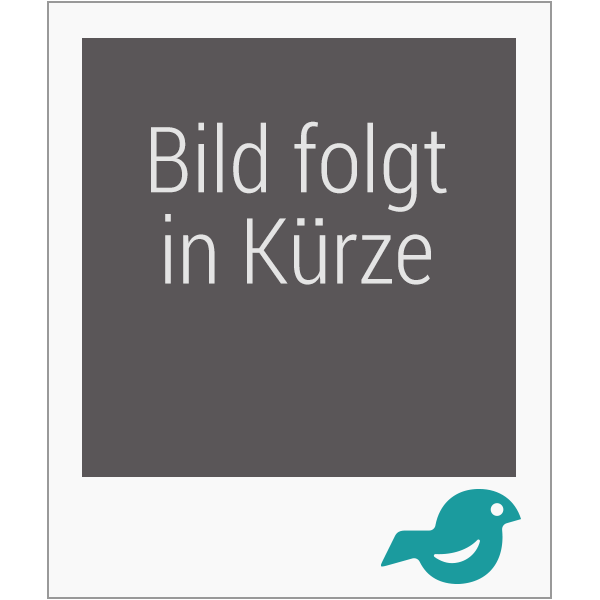
Participation's Effect on Organizational Readiness for Change

PAYBACK Punkte
8 °P sammeln!
This cross-sectional correlation study examined an array of variables (i.e., process, personality, and context-specific) that influence organizational readiness for change. Participation (process variable) was related to higher mean scores in each of the four distinct readiness for change scales and explained a significant amount of incremental variance in appropriateness, valence, and efficacy. Personality variables, when taken in total, explained a significant amount of variance in each hierarchical regression model ran on the four readiness factors. Three personality variables displayed sig...
This cross-sectional correlation study examined an array of variables (i.e., process, personality, and context-specific) that influence organizational readiness for change. Participation (process variable) was related to higher mean scores in each of the four distinct readiness for change scales and explained a significant amount of incremental variance in appropriateness, valence, and efficacy. Personality variables, when taken in total, explained a significant amount of variance in each hierarchical regression model ran on the four readiness factors. Three personality variables displayed significantly higher mean scores (i.e., positive affect, locus of control, and general attitudes toward change) for participants versus non-participants. Context-specific variables explained a significant amount of incremental variance above that explained by personality variables for each readiness factor. Moreover, participants displayed higher mean scores in all six contextual variables. This work has been selected by scholars as being culturally important, and is part of the knowledge base of civilization as we know it. This work was reproduced from the original artifact, and remains as true to the original work as possible. Therefore, you will see the original copyright references, library stamps (as most of these works have been housed in our most important libraries around the world), and other notations in the work. This work is in the public domain in the United States of America, and possibly other nations. Within the United States, you may freely copy and distribute this work, as no entity (individual or corporate) has a copyright on the body of the work. As a reproduction of a historical artifact, this work may contain missing or blurred pages, poor pictures, errant marks, etc. Scholars believe, and we concur, that this work is important enough to be preserved, reproduced, and made generally available to the public. We appreciate your support of the preservation process, and thank you for being an important part of keeping this knowledge alive and relevant.



